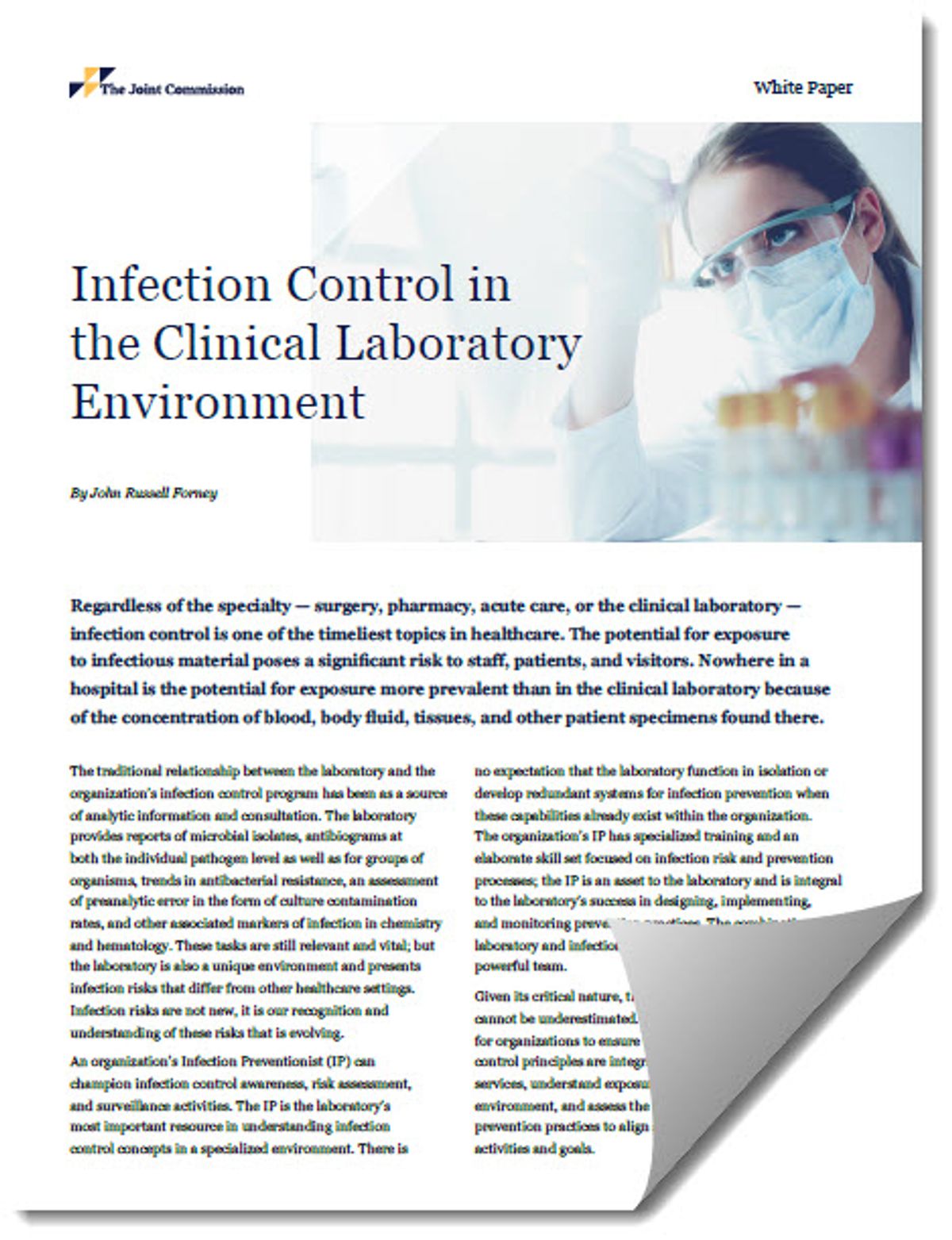As laboratorians perform their daily tasks, they face an additional challenge of avoiding laboratory-acquired infections (LAIs). LAIs can result in laboratory staff absenteeism and may negatively impact regulatory requirements. Diagnostic accuracy can also be compromised if sample contamination with an LAI occurs during testing, further risking patient safety, confidence in results, and regulatory compliance.

An Infection Preventionist (IP) can help to address this problem by creating regulations surrounding LAIs and designing a tailored strategy to prevent LAIs. Together, laboratorians and IPs collaborate to implement, monitor, and refine prevention practices that protect lab staff, patients, and visitors.
Download this whitepaper to learn:
- The importance of infection control in clinical labs
- Strategies for laboratory-acquired infection prevention
- How to partner with infection preventionists to protect clinical laboratorians
- The need for risk assessments in clinical labs, and how this environment differs from other healthcare settings
- The need for organizational goals and overarching governance of laboratory infection control practices
